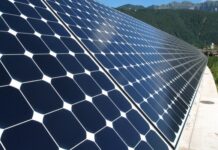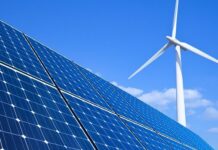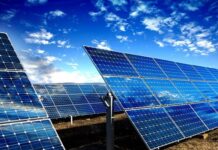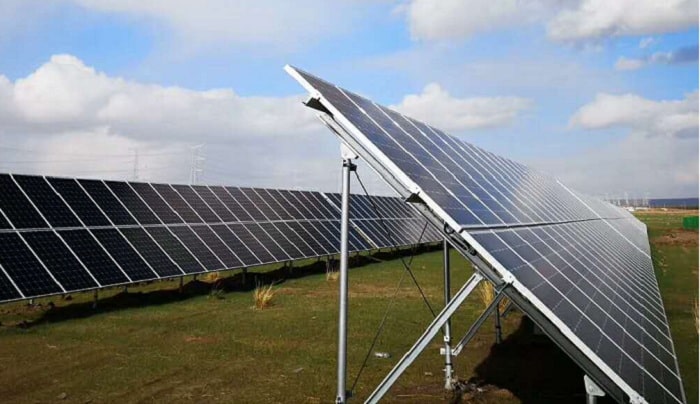Photovoltaic solar has gone on to become the second tech that has most megawatts installed and has led the electricity generation in May 2024 for the very first time in Spain.
40 years ago, in 1984, to be exact, a space technology used since 1958 outside the earth happened to be established in Spain. Iberdrola went ahead and launched the first photovoltaic plant, which was connected to the grid in San Agustín de Guadalix and had 100 kilowatts of power.
It happened to be a pilot project at that point in time, with an investment of almost 460 million pesetas, which is around 250,000 euros of today. The fact is that this solar expansion was not meteoric, at least for a decade, with the San Agustín de Guadalix photovoltaic plant being the only one located on the peninsula.
Till that date, PVs were merely used in certain homes that had a dearth of traditional electricity, and it would apparently not be until ten years later that PV installations as well the use of more sustainable energy sources started to become a matter of interest, with a number of test projects lined up, one of which was the installation of solar panels within the area of the Solar Energy Institute of the Polytechnic University of Madrid. Another plant in Toledo, at that point in time, was the largest solar exploitation in the whole of Europe.
It is worth noting that the nod to the Law for Promotion of Renewable Energies and the Renewable Energy Plan happened to be the required push today, making photovoltaics the second technology with the highest number of megawatts installed in Spain that were ahead of gas combined cycles.
By May 2024 end, the generation park in Spain had 125,622 MW of installed power out of which 31,219 MW happened to belong to wind energy, around 26,500 MW to solar photovoltaic, around 26,000 MW to combined cycle as well as 17000 MW to hydraulic energy, as per data rolled-out by Red Electrica de Espana. Taking these figures into consideration, PV solar now happens to represent 21% of the overall installed power in Spain, which is only surpassed by wind, which has a share of almost 25%. Both happen to lead the electricity generation structure in Spain and without a shred of doubt are mostly responsible for the dip in electricity prices in the past few months. The renewable quota, apparently, has now reached 62.4%.
This acceleration has taken place since 2020, wherein the photovoltaics increased the installed power by 127.5%, thereby reaching 26543 MW from a meager 11700 MW.
Taking all these figures into perspective, photovoltaics have started to overcome the hurdle. In May 2023, it happened to become the leading tech as far as electricity supplies are concerned for the very first time, representing almost 24% of the overall composition. It also went on to occur in a month with a 1.7% rise in demand, which was in sync with the 1.2% increase that has been witnessed so far in 2024.The fact is that the renewables went on to generate 13520 GW hours in May 2024, which was 16.4% more, and went ahead and reached the 63% share.
The solar panels went ahead and produced 5098 GWh in May 2024, which was 31.6% over the previous year, a historical maximum both in terms of production as well as quota. The record took place in May 2024, when the solar photovoltaic happened to break its own daily production record by having 199 GWh, representing a share of 29%, which is the highest in history. Interestingly, wind power happened to be the second technology with the highest production, with 20% of the total, which was later followed by nuclear power at 16% and hydraulic power at 14%. Apparently, in May 2024, 81% of the electricity that was produced in Spain happened to be free from CO2 or equivalent emissions.
When it comes to the accumulated power of the year, wind power happens to lead contribution to the overall mix with 25% and is ahead of nuclear, hydraulic, solar photovoltaic, and also combined cycles.
The fact is that the horizon looks all the more favorable when it comes to the sun since the weight of PVs is going to continue to rise in the years to come, all thanks to the National Integrated Energy and Climate Plan- PNIEC. The decarbonization aims of 2030 go on to foresee that this technology is going to reach no less than around 76 GW by the end of this decade, both in terms of self-consumption and also for the ground-based plants, as compared to 62 GW coming from wind power.
This higher presence of wind as well as PV in the power generation mix in recent months, along with the hydraulic discharge thanks to the rains and successive thaws, has gone ahead and brought the electricity market in Spain to the minimum prices, even seeing in some hours of certain days negative prices for the very first time in history.
As a matter of fact, the average daily price of the wholesale electricity market, called Pool, went on to register the lowest month ever since it started to operate in April with 13.67 euros per MWh and closed at 30.4 euros per MWh in May.
It is worth noting that self-consumption must be added to the photovoltaics development, which happens to be lagging behind in Spain. A recent report by the photovoltaic employer association UNEF as well as Sotysolar reveals that, though 22% of owners in Spain have installed solar panels or at least have begun the process, only 5% have installed the panels in their single family home between 1 and 4 years old.
From the rest of the 22% interested, 17% happen to be potential consumers when it comes to solar energy since they seriously considered installing the same or happen to be already in the process of doing the same, and there are 78% who are not even taking that into consideration.





































